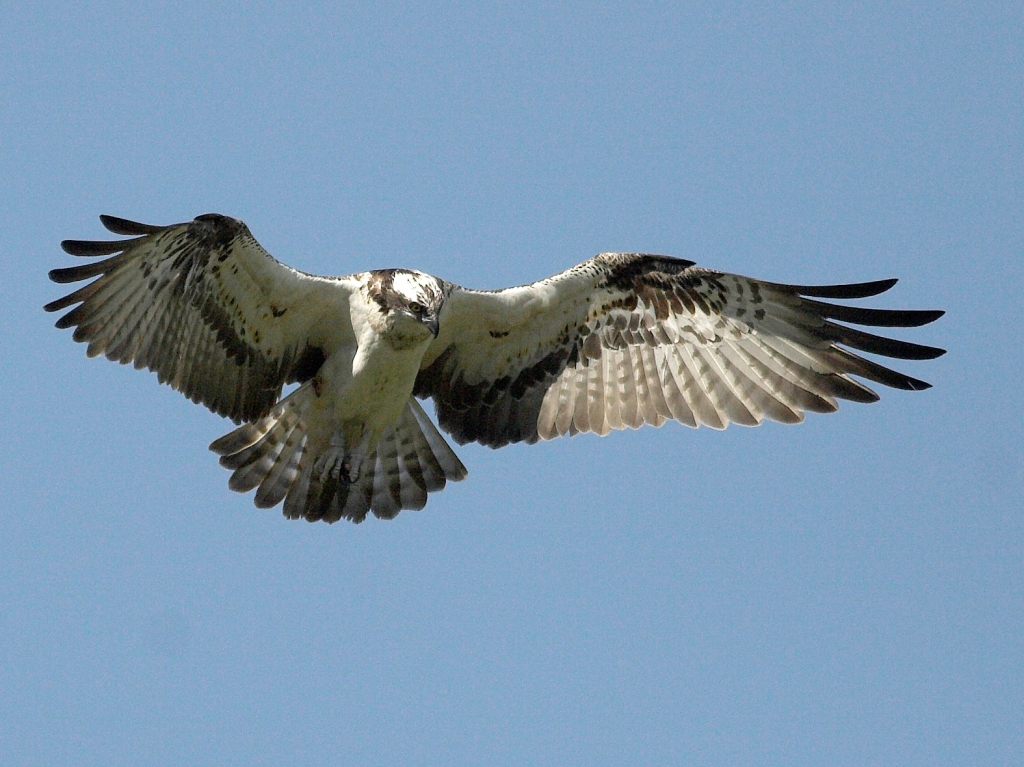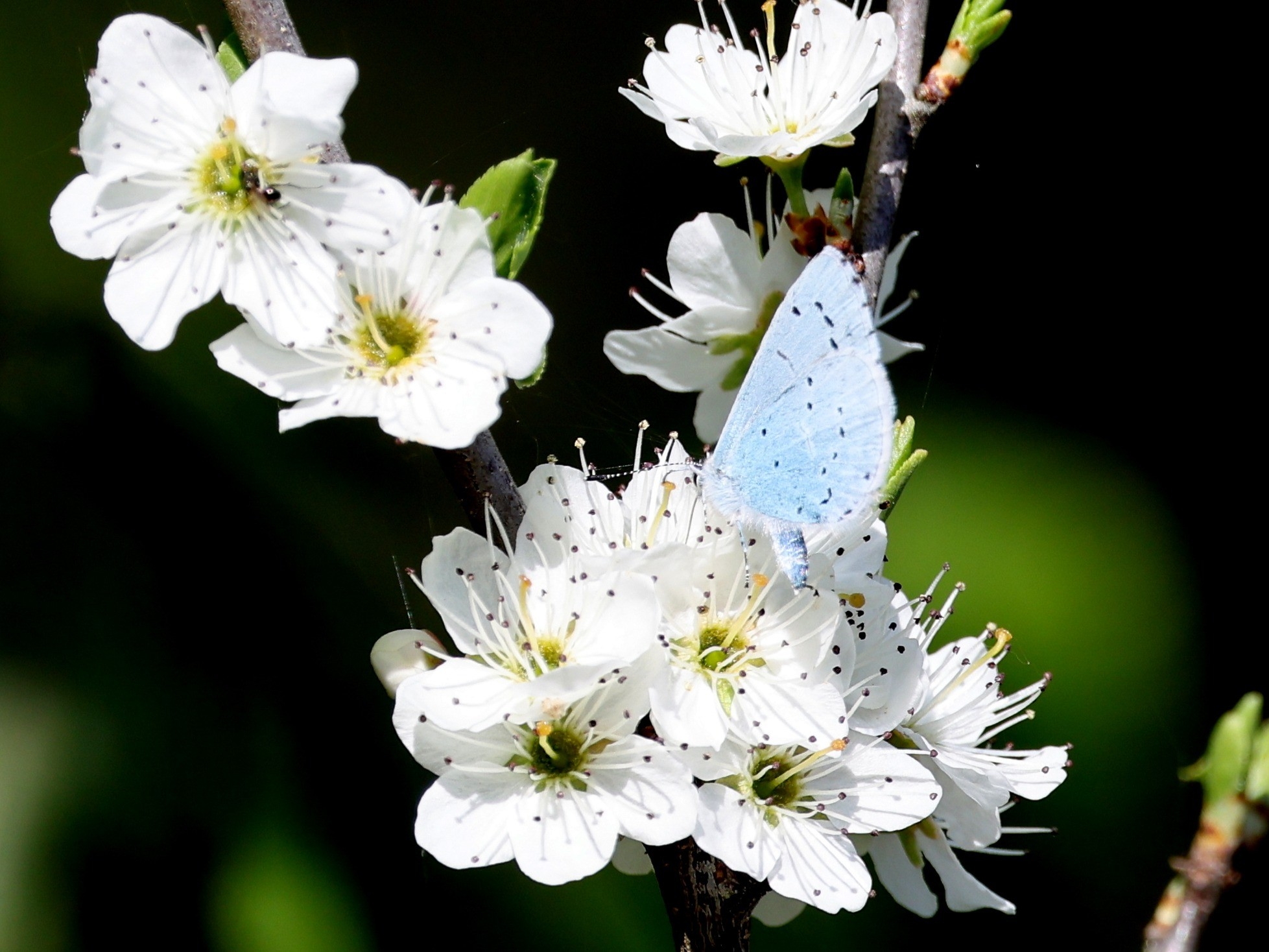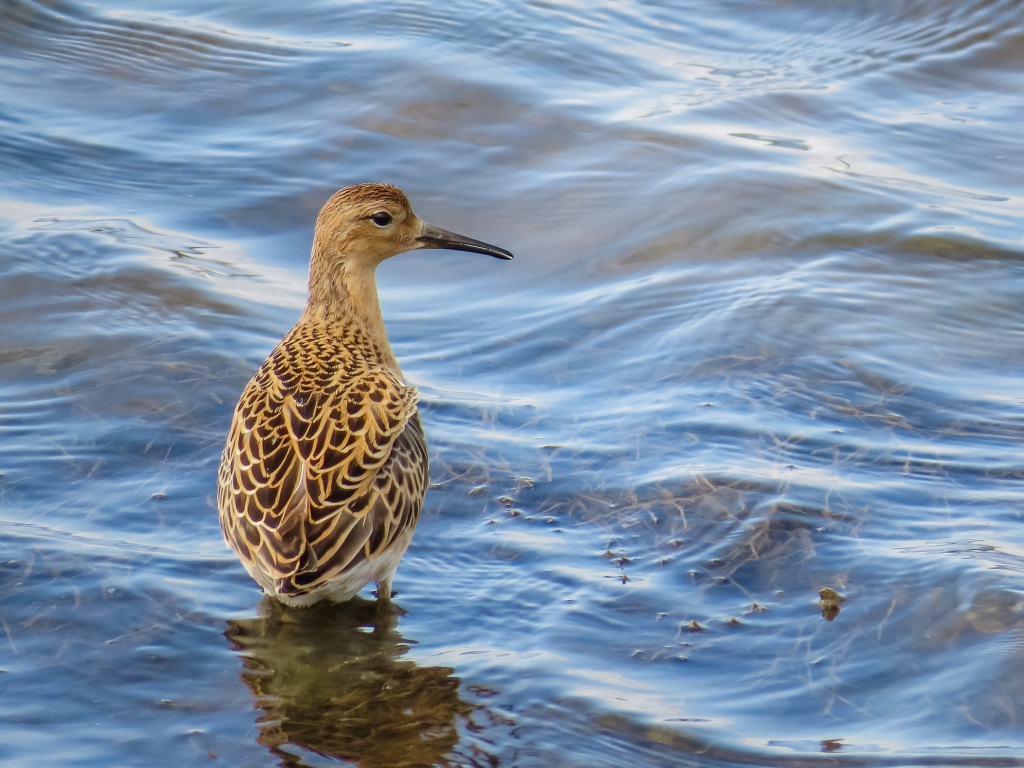Recent Sightings 23rd April - 29th April
The arrival of the Cuckoo, Damselflies, Reed Warblers, and Lapwing chicks
Scorching sunshine has made our summer migrants feel at home in the Millennium Wetlands this week, non more so than the Cuckoo who has been spending his time singing and basking in the Savannah-esque Eastern Scrape near the Canoe Safari.
The Common Cuckoo's song is onomatopoeic, meaning it's song sounds exactly like it's name, and this bird is so deeply rooted into our society in Britain and the rest of the world that it's legacy lives in our language and homes.
Cuckoo Spit in the UK is so called because it's arrival coincides with the arrival of the Cuckoo bird, Cuckoo clocks were a staple piece of many homes in the 18th and 19th centuries, and the name of the Cuckoo is used for multiple reasons throughout the English language. It's one of the few birds whose nesting habits are also quite well known in local knowledge, which is of course because they're one of the only parasitic brooding birds.
These fascinating birds can be taken for granted but in the last few years, the Common Cuckoo has become not so common. With the various threats that they're facing in day to day life here in Britain and because their migration journey is extremely perilous, it has resulted in the Cuckoo being placed on the RSPB's Red List.
During these sunlit mornings, it may be worth a trip over to the Swan's Nest Maze and Welsh Water Hide to see the silhouette of this strikingly beautiful bird with a grey back and white chest with grey bands and patterns across its' front.
The first Azure Damselflies have hatched this week and they'll soon come into colour and will fill the air with their sharp blue colours.
They've been rattling over the top of the bramble which have been filled with Sedge Warblers, and in the Northern Loop we have had a brief but fantastic sighting of a Grasshopper warbler that was calling from beyond the hedge line. While we haven't had any sightings of the Grasshopper Warbler since, we're sure to have another run in with this bird over the next couple of weeks so be sure to look for long grassland to find it.
In most of the reedbeds in the reserve, the Reed warblers are now showing off their full vocal range with long, evenly paced songs. They are much like the Sedge Warblers in that they can sing for long periods of time with a variety of different notes, ranging from short sharp ones to whistles and chatters. Both species can even mimic other birds. If the two are together, the Sedge Warbler's call can be identified by short chattering notes that are rather harsh, whereas the Reed Warbler has a more rhythmic and evenly paced song. Within the Millennium Wetlands, the two can often be found near each other but whether the bird is in reeds or bramble is a good starter to telling the difference.
On the Deep Water Lake, much to our delight the first Lapwing chicks have hatched and are busily browsing the banks of the islands and searching through the muddy ground. The Lapwing chicks aren't straying too far from their parents but it's astounding how confident and determined these little birds are while only being a week or so old. If any danger is near, the Lapwing will swoop and dive bomb the predator in an effort to scare it off and protect their young.
The cocklebedds out on the Deep Water Lake were intensively managed over the winter with lots of willow being cut and treated, scrub brushcut, rush trimmed, and trimming and cutting big patches of bramble. This was to ensure that the cocklebeds emulated a flat field which is the Lapwing's preferred nesting spot, and it's extremely rewarding to see that around 14 Lapwing are sitting on nests and some with a few young.
From the the British Steel Hide had a visitor yesterday on the Dafen Scrapes which took the form of a Wood Sandpiper, a species of bird that passes through here in the Spring and Autumn. They're small slender birds that have yellow legs and short fine bill. Unlike Green Sandpipers and Common Sandpipers, the Wood Sandpiper has a speckled tortoiseshell patterned back. The bird only passes through the UK and occasionally breeds in Scotland, but it's not particularly common and a rare sighting for the reserve. We'll be keeping an eye out over the next few days to see if it's in the local area before it'll presumably move elsewhere.
Mallard Ducklings and Greylag Goslings are everywhere at the moment while rarer species like the Shoveler, Tufted, and Pochard, are stealthily hiding their nesting spots from view, although we're sure that they're active in the rush and reedbeds.



